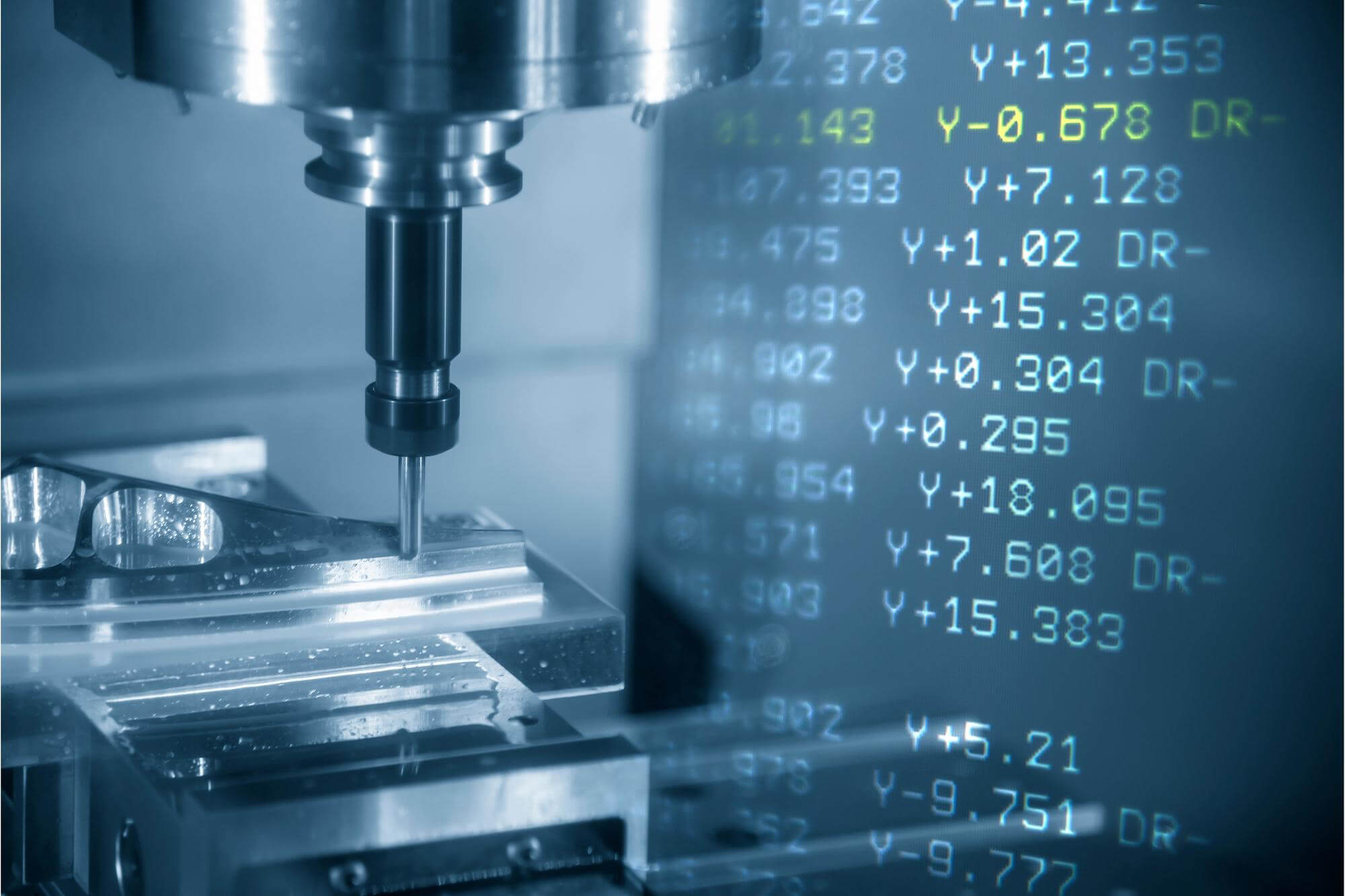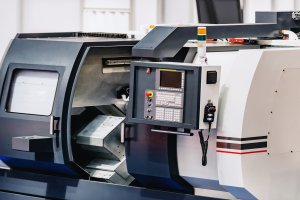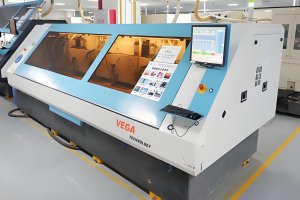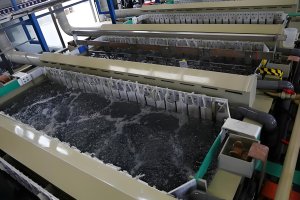CNC (Computer Numerical Control) machining is a fascinating realm where precision meets innovation. At the core of this technology lies the effective use of G codes, which are essential for controlling the movements and operations of CNC machines. Understanding and optimizing G code grouping is crucial for enhancing machining efficiency and achieving the highest levels of precision. Let’s explore the intricacies of G code grouping and how to optimize their application in CNC machining.
The Basics of G Codes
G codes are the instructions that tell CNC machines what actions to perform. Each G code starts with the letter ‘G’ followed by a numerical value that specifies a particular function. These codes can control various aspects of the machine’s operations, including movement, tool changes, and cutting cycles.
Common G Codes:
- G00: Rapid positioning
- G01: Linear interpolation
- G02: Clockwise circular interpolation
- G03: Counter-clockwise circular interpolation
- G04: Dwell (pause)
- G90: Absolute positioning
- G91: Incremental positioning
- G20: Inch units
- G21: Metric units
Understanding G Code Grouping
G code grouping is a method used to organize and manage these codes effectively. Fanuc and other CNC control systems group G codes to avoid conflicts and ensure smooth operation. Each group contains codes that cannot coexist in the same program block.
Key G Code Groups:
- 00 Group – Non-modal Codes: These are one-time instructions that apply only to the program block they are in. Examples include G04 (dwell) and G10 (programmable data input).
- 01 Group – Motion Commands: This group includes G00, G01, G02, and G03. Only one motion command can be active in a program block.
- 02 Group – Plane Selection: G17 (XY plane), G18 (XZ plane), and G19 (YZ plane) are used to define the working plane.
- 03 Group – Distance Mode: G90 (absolute positioning) and G91 (incremental positioning) dictate how coordinates are interpreted.
- 07 Group – Cutter Radius Compensation: G40 (cancel), G41 (left compensation), and G42 (right compensation) are essential for precise tool path control.
Practical Example: CNC Milling Program
To illustrate the application of G code grouping, let’s consider a CNC milling program. This program will perform various operations, including rapid positioning, linear interpolation, and circular interpolation, while ensuring no conflicting G codes are used within the same block.
Sample Program:
O1000 (Main Program)
N10 G90 G21 (Absolute positioning, metric units)
N20 T01 M06 (Select tool 1, change tool)
N30 S1500 M03 (Spindle speed at 1500 RPM, start spindle)
N40 G00 X0 Y0 Z5 (Rapid move to start position above part)
N50 G01 Z-5 F100 (Feed to cutting depth)
N60 G01 X50 (Linear move to X50)
N70 G02 X75 Y25 I25 J0 (Clockwise arc)
N80 G01 Y50 (Linear move to Y50)
N90 G03 X50 Y75 I-25 J0 (Counter-clockwise arc)
N100 G00 Z5 (Retract tool)
N110 M30 (End of program)This program demonstrates how to use G codes effectively while adhering to grouping rules to avoid conflicts.
Optimization Strategies
- Consistent Use of Modal G Codes:
Modal G codes stay active until canceled or replaced by another code from the same group. This reduces the need to repeat codes in each program block. Example:
N30 G01 X100.0 Y50.0
N40 X150.0 Y75.0Here, both lines use linear interpolation without repeating G01.
- Combining Multiple Commands in One Line:
Combining commands can streamline the program and improve readability. Example:
N50 G90 G00 X0 Y0 M08This line sets the machine to absolute positioning, moves to the origin, and turns on the coolant.
- Minimizing Non-productive Movements:
Planning tool paths to minimize travel distances without cutting saves time. - Using Subprograms and Macros:
For repetitive operations, subprograms and macros reduce redundant code and simplify programming. Example of a Subprogram:
O2000 (Drilling Subprogram)
N10 G81 R1 Z-10 F200 (Drill cycle)
N20 X10 Y10 (Drill hole 1)
N30 X20 Y20 (Drill hole 2)
N40 G80 (End drill cycle)
N50 M99 (Return to main program)- Efficient Tool Management:
Managing tool changes and offsets effectively impacts cycle time and precision. Example:
N70 T02 M06 (Tool change to tool 2)
N80 G43 H02 (Apply tool length offset for tool 2)- Optimizing Cutting Parameters:
Adjusting feed rates and spindle speeds according to the material and tool improves efficiency and tool life. Example:
N90 S2000 M03 (Spindle speed at 2000 RPM, start spindle)
N100 F200 (Feed rate at 200 mm/min)Mastering G code grouping and optimization is essential for precision CNC machining. By understanding how to group and apply G codes effectively, machinists can enhance the efficiency and accuracy of their operations. Whether you’re a beginner or an experienced professional, these strategies will help you achieve better results and make the most of your CNC machining capabilities.
Other Articles You Might Enjoy
- Elevating Precision Standards through Chamfer in CNC Machining
1. Introduction: The Pursuit of Unparalleled Precision In the realm of CNC machining, precision is paramount. This section introduces the article by exploring the significance of precision in manufacturing and…
- Precision Prowess: Unveiling the Advantages of China CNC Machining
1. Introduction: The Role of Precision in Manufacturing Excellence In this introductory section, we delve into the critical role that precision plays in manufacturing and set the stage for an…
- Revolutionizing CNC Machining for Complex Aerospace Assemblies
Introduction to CNC Machining in Aerospace Assemblies Computer Numerical Control (CNC) machining represents a significant technological development playing a notable role in the creation of complex aerospace assemblies. CNC machining…
- The Role of Prototype Machining in Accelerating Product Development
Introduction: The Importance and Definition of Prototype Machining Prototype machining is a critical element advancing product development. It involves the technique of manufacturing an early model or sample, known as…
- Understanding Bead Blasting in CNC Machining(cnc g code Jacqueline)
CNC (Computer Numerical Control) machining is a dominant method employed for multiple manufacturing systems across the globe. From healthcare to aerospace, this technology has revolutionized how we manufacture products. One…
- Maximizing Precision in CNC Machining: Techniques and Tips
Importance of Precision in CNC Machining Precision is an fundamental component in the field of Computer Numerical Control (CNC) machining. It entails producing parts that are not only accurate but…






